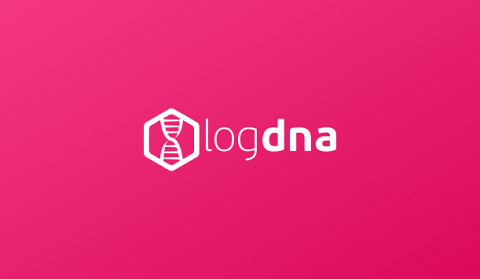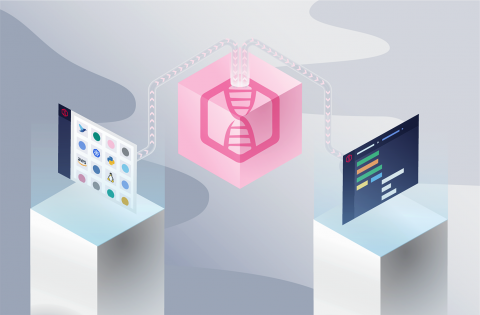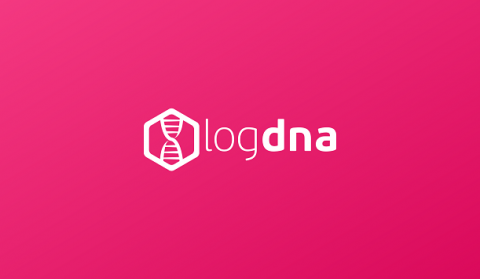Logging Your Cloud Foundry Apps to LogDNA
Cloud Foundry Application Runtime is an open source platform as a service (PaaS) for running applications and services. Frequently called simply “Cloud Foundry,” the Cloud Foundry Application Runtime (CFAR) is one of many interoperable projects within the Cloud Foundry family. For the purposes of this post, “Cloud Foundry” refers to the Application Runtime.








